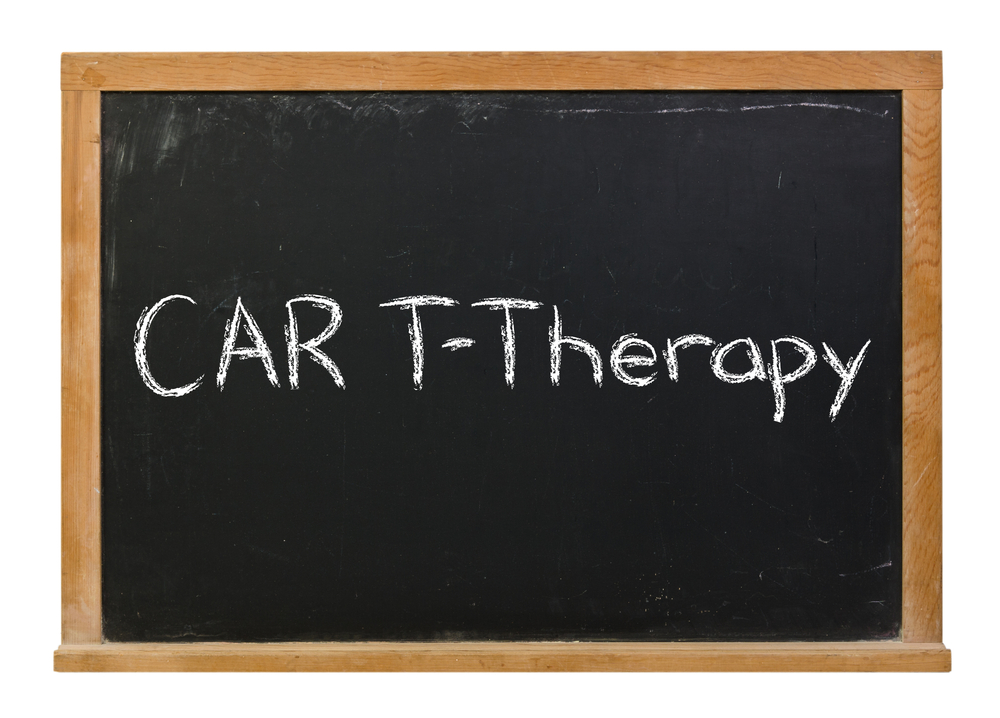
Breaking News: Car T Cell Immunotherapy Techniques are Beating Cancer!
In recent years, immunotherapy has become a hopeful method for treating cancer. Harnessing the power of the immune system, scientists and researchers have been able to develop ground-breaking techniques that are revolutionizing cancer treatment. Among these techniques, Car T therapy has garnered significant attention and is demonstrating remarkable success in the fight against cancer. In this blog, we'll explore the latest advancements in Car T cell therapy, understand its mechanism of action, highlight success stories, and discuss the challenges and future prospects of this ground-breaking treatment.
Understanding Immunotherapy and Car T Therapy
Immunotherapy is an innovative approach that utilizes the body's own immune system to fight cancer. Unlike conventional cancer treatments like chemotherapy and radiation therapy, immunotherapy boosts the immune response, enabling it to specifically recognize and destroy cancer cells. Within the realm of immunotherapy, Car T therapy has emerged as a game-changer.
Car T therapy involves the modification of a patient's T cells to enhance their ability to target cancer cells effectively. Doctors collect T cells from the patient's blood and are scientifically engineered to express Chimeric Antigen Receptors (CARs) on their surface. These CARs enable T cells to recognize and bind to specific proteins found on cancer cells, leading to their destruction. Once modified, these "supercharged" T cells are infused back into the patient's body, where they continue to multiply and attack cancer cells.
How Car T Cell Immunotherapy Works
The process of Car T cell immunotherapy can be broken down into several key steps. First, T cells are isolated from the patient's blood through a process called leukapheresis. The collected T cells are then transported to a laboratory, where experts genetically modify them to express CARs. These CARs are designed to target specific antigens present on the surface of cancer cells. Once the modification process is complete, the engineered T cells are expanded in large quantities, creating a population of CAR T cells.
Next, the patient undergoes a process known as lymphodepletion, where their immune system is intentionally weakened through chemotherapy or radiation therapy. This step aims to create space and promote the survival and proliferation of the infused CAR T cells. Finally, the CAR T cells are administered back to the patient via infusion. These modified T cells circulate throughout the body, recognizing cancer cells based on the specific antigen targeted by their CARs. Once the CAR T cells bind to cancer cells, they initiate a potent immune response, leading to the destruction of the cancer cells.
Success Stories and Breakthrough Results
Car T cell therapy has achieved remarkable success in treating certain types of cancer. One of the most prominent success stories is in the treatment of paediatric acute lymphoblastic leukaemia (ALL). Clinical trials have demonstrated astounding remission rates, with some trials reporting remission rates exceeding 90%. In fact, Car T cell therapy has shown such significant results that it has been approved by regulatory agencies for the treatment of relapsed or refractory paediatric ALL.
Additionally, Car T cell therapy has shown promising results in the treatment of adult B-cell lymphomas, including diffuse large B-cell lymphoma (DLBCL) and follicular lymphoma. Patients who have failed conventional treatments or relapsed after initial therapy have experienced significant remissions and increased overall survival rates with Car T cell therapy.
Overcoming Challenges and Future Prospects
While Car T cell therapy holds great promise, it is not without its challenges. One of the main concerns is the potential for severe side effects, including cytokine release syndrome (CRS) and neurotoxicity. CRS occurs when CAR T cells release large amounts of cytokines, leading to flu-like symptoms, fever, and potentially life-threatening complications.
Neurotoxicity, on the other hand, manifests as neurological symptoms such as confusion, seizures, and speech difficulties. However, researchers are actively working to develop strategies to manage and mitigate these side effects, ensuring the safety of patients undergoing Car T cell therapy.
Another significant challenge associated with Car T cell therapy is its cost. The process of genetic engineering, expansion of CAR T cells, and personalised treatment can be expensive. This raises concerns about accessibility and affordability for many patients. However, as the technology advances and more experience is gained, it is anticipated that costs will decrease, making Car T cell therapy more accessible to a broader population.
Looking ahead, the future prospects of Car T cell immunotherapy are incredibly promising. Researchers are exploring ways to improve the efficacy and safety of the therapy by refining CAR designs, optimising manufacturing processes, and investigating combination therapies. The development of off-the-shelf CAR T cell products, which can be readily available for patients without the need for individualised manufacturing, is also an area of active research.
Conclusion
Car T cell immunotherapy techniques are making significant strides in the battle against cancer. With its ability to harness the body's immune system, Car T cell therapy is demonstrating great success in treating various types of cancer, including paediatric ALL and adult B-cell lymphomas. While challenges exist, such as managing side effects and addressing affordability, ongoing research and advancements hold the promise of overcoming these hurdles.
As we continue to unravel the complexities of the immune system and refine Car T cell therapy, the future of cancer treatment looks incredibly promising. By leveraging the power of the immune system, Car T cell immunotherapy offers hope to patients and paves the way for a new era in the fight against cancer. With continued support for research and development, we can anticipate even greater breakthroughs in the years to come, bringing us closer to defeating cancer and improving the lives of countless individuals worldwide.

